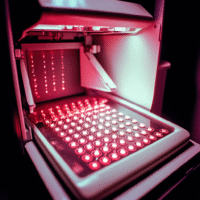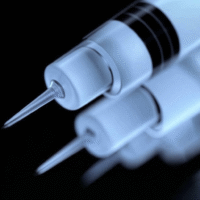Understanding the SINEMA Trial Results
The SINEMA trial tested a new way to manage strokes in rural China using mobile health technology. This method helped doctors provide better care to patients and showed promising results.
What Worked?
- The SINEMA intervention significantly lowered blood pressure in stroke patients.
- It helped reduce the number of deaths among these patients.
- The approach was cost-effective, meaning it provided good health benefits without high costs.
What Didn’t Work?
- Some aspects of the intervention may need adjustments to be even more effective.
How Does This Help Patients and Clinics?
- Patients received better care, which can lead to improved health outcomes.
- Clinics can use this model to enhance stroke management and possibly apply it to other chronic diseases.
Real-World Opportunities for Hospitals and Doctors
- Implement the SINEMA model to improve stroke care in other rural areas.
- Use mobile health technology to monitor patients more effectively.
- Train healthcare providers on the new system to ensure they can deliver the best care.
Measurable Outcomes to Track
- Blood pressure levels of stroke patients.
- Patient survival rates after stroke.
- Quality of life improvements for patients over time.
AI Tools to Consider
- AI-based apps that help monitor patient health remotely.
- Data analysis tools that predict patient outcomes and help in decision-making.
Step-by-Step Plan for Clinics
- Start Small: Begin by training a few healthcare providers on the SINEMA model.
- Implement Technology: Introduce mobile health tools gradually for monitoring patients.
- Evaluate Outcomes: Regularly track blood pressure and patient health to see improvements.
- Expand Gradually: Once successful, involve more healthcare providers and increase the use of technology.
For more details on the research, visit the full study at ClinicalTrials.gov NCT03185858.



























